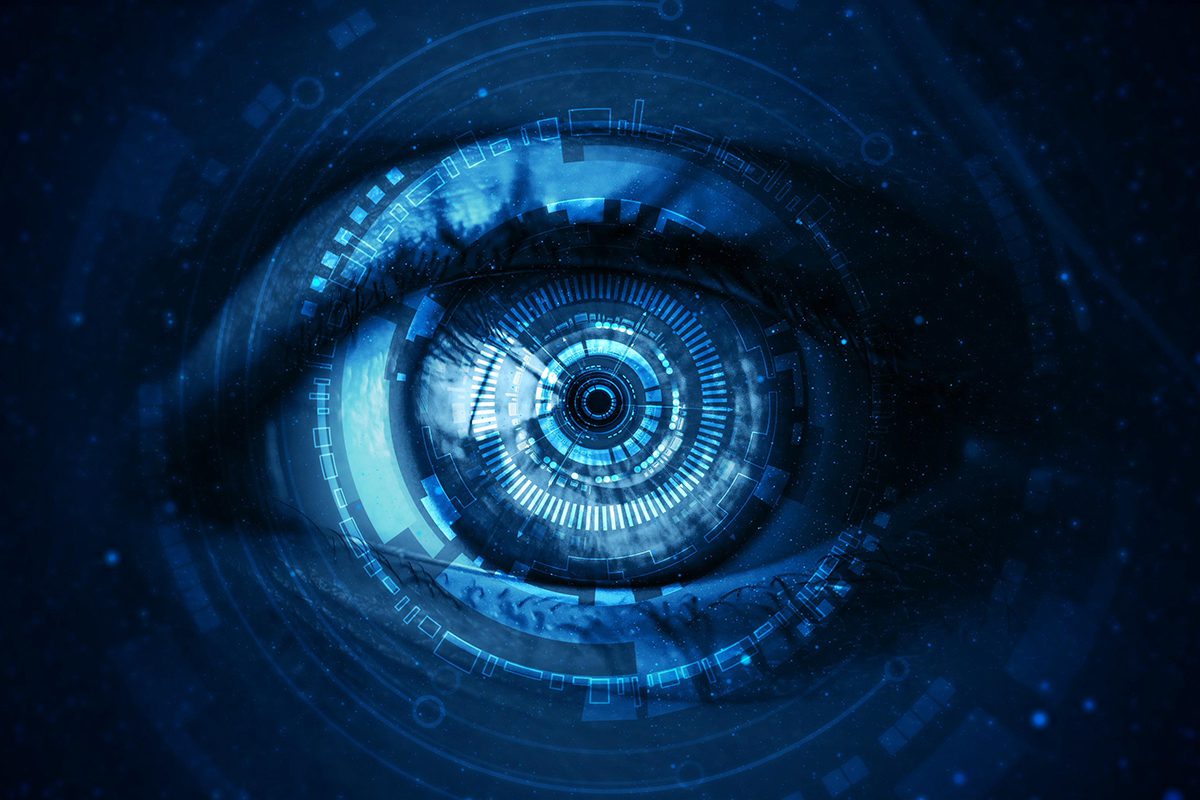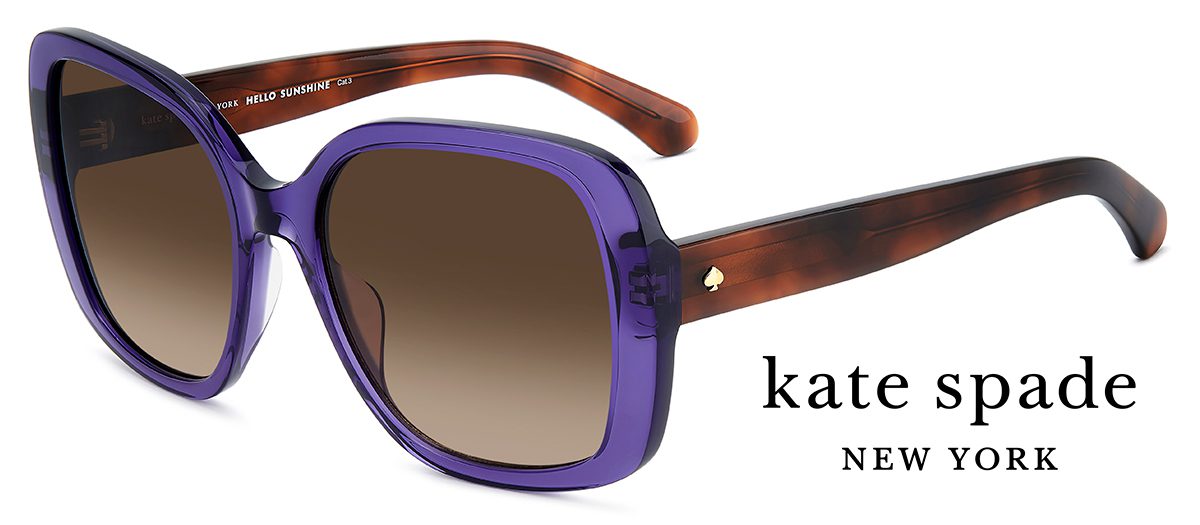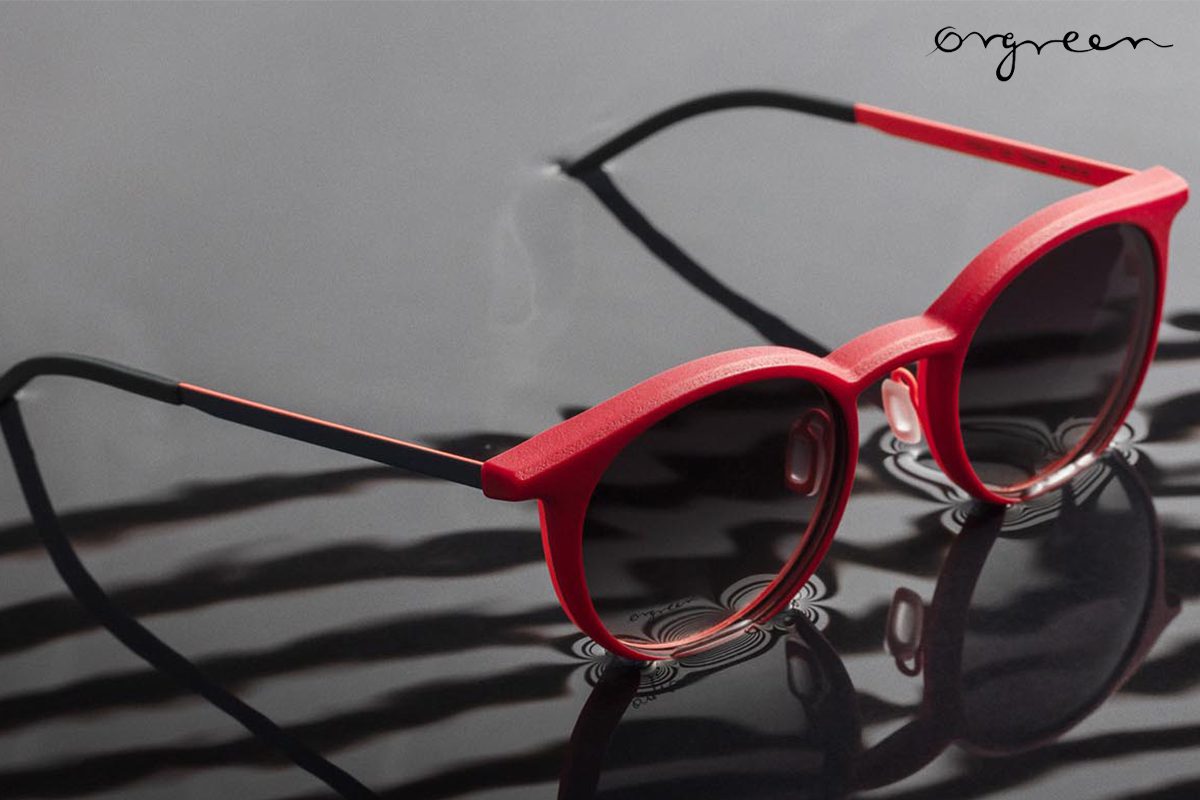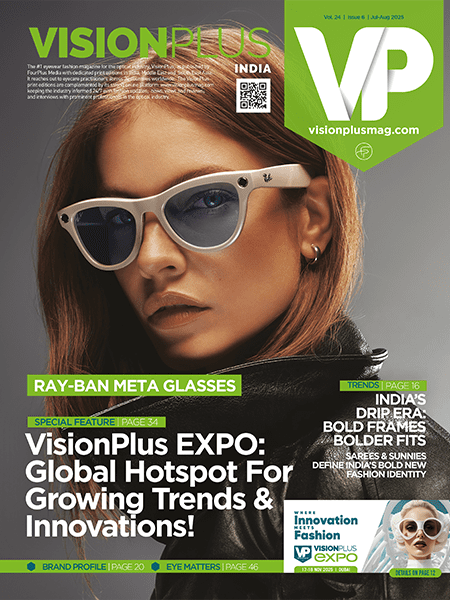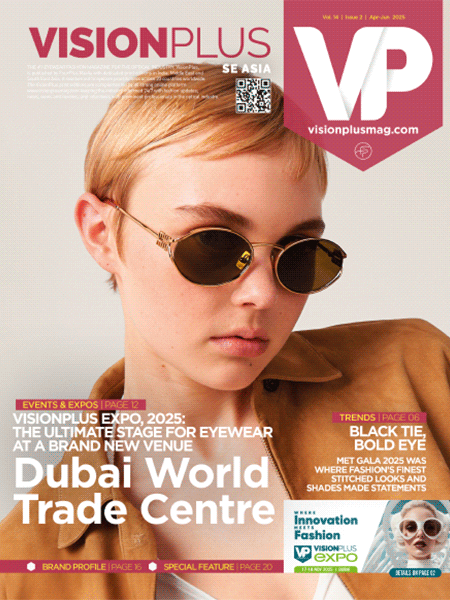This post is also available in:
![]() العربية
العربية
The world of eye health and optical technology is undergoing a transformation that promises to reshape the way we perceive vision care. From artificial intelligence-driven diagnostics to revolutionary smart lenses, the future of optical technology extends beyond conventional solutions, creating a landscape where eye health is seamlessly integrated with innovation.
This year, advancements in optometry, ophthalmology, and eyewear are making eye care more accessible, personalised and effective This article delves into the creative innovations defining the future of vision and the role opticians will play in shaping this new era.
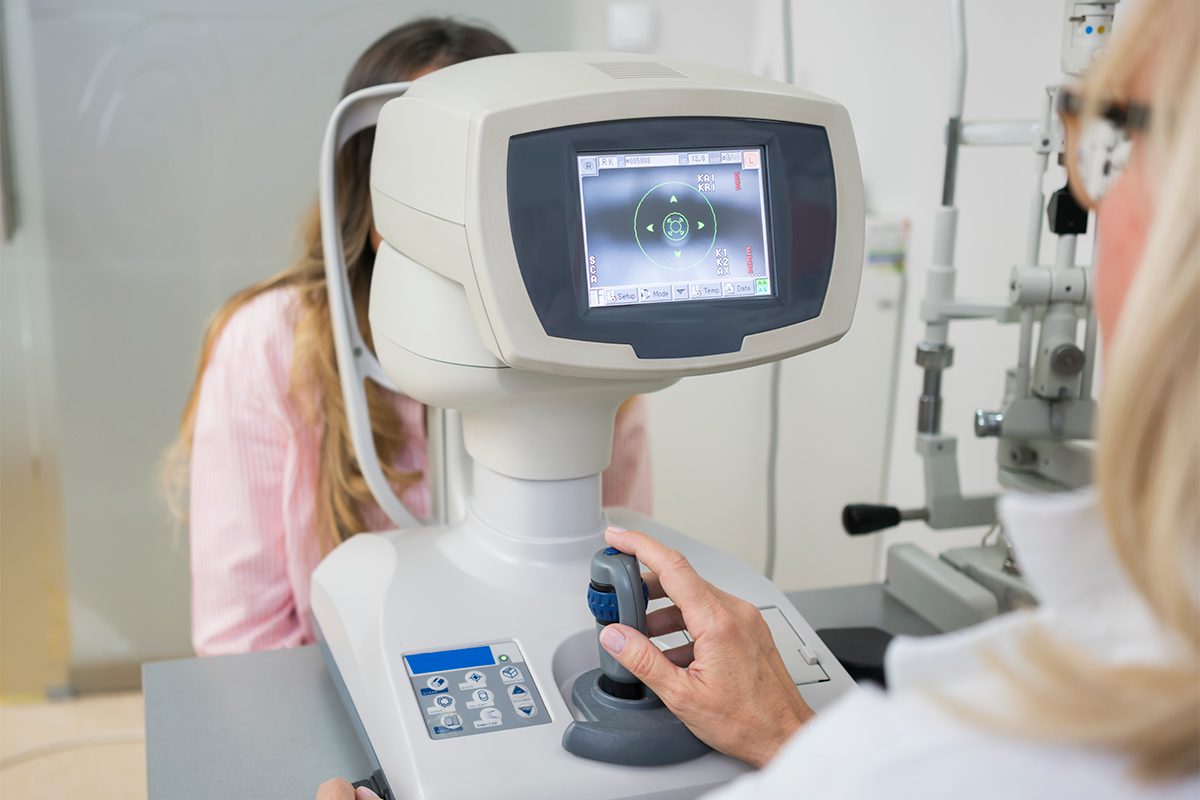 AI and Machine Learning: The New Age of Diagnostics
AI and Machine Learning: The New Age of Diagnostics
Artificial Intelligence (AI) is now a crucial tool in eye health, enhancing early detection and treatment of conditions such as glaucoma, diabetic retinopathy and macular degeneration.
AI-powered diagnostic tools, such as DeepMind’s AI system, are already proving more efficient than human specialists in detecting retinal diseases. DeepMind, Google’s AI research lab, focuses on building AI that benefits humanity.
Developing innovative. AI products and advancements to improve various aspects of life, including science, work, and communities.
Some notable achievements include solving complex geometry problems and creating AI systems that excel at fact-checking and protein structure prediction.
This technology is revolutionising routine eye exams by offering faster, more accurate screenings, and enabling early interventions that can prevent vision loss.
Moreover, machine learning algorithms are now integrated into retinal imaging devices, analysing vast datasets to identify minute changes in eye health that may indicate potential issues. This means opticians can leverage AI-powered diagnostics in their practices to provide more precise assessments, making early detection accessible to a larger population.
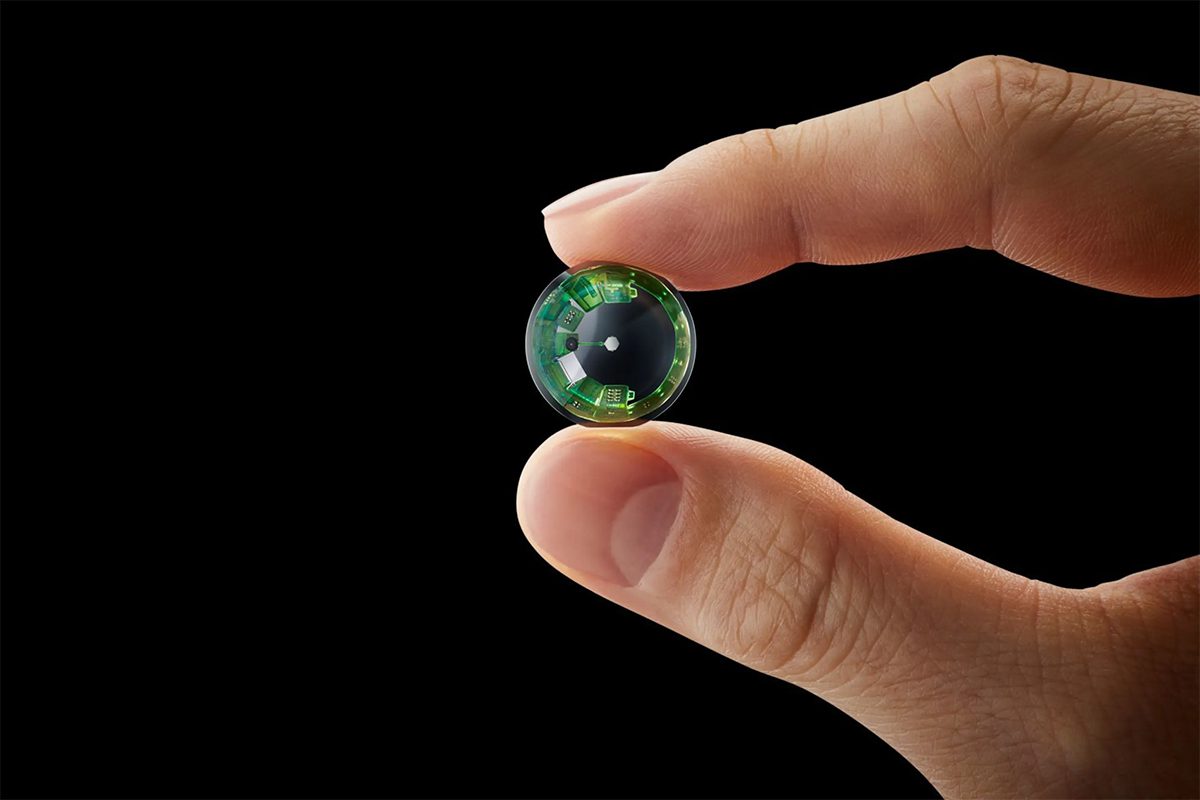 Smart Lenses: The Evolution of Wearable Tech
Smart Lenses: The Evolution of Wearable Tech
Smart contact lenses and eyewear are no longer a futuristic fantasy.
Tech giants and research institutions are developing lenses embedded with sensors to monitor glucose levels, track eye pressure for glaucoma patients, and even correct vision dynamically in real time.
Companies like Mojo Vision are working on augmented reality (AR) lenses that project digital information directly into the wearer’s field of vision, opening a new realm of possibilities for both medical applications and everyday convenience.
Additionally, smart glasses equipped with AI-powered visual assistance are proving to be a breakthrough for individuals with low vision, helping them navigate their surroundings through real-time audio feedback and enhanced contrast vision.
As these advancements progress, opticians must stay ahead by integrating these innovative solutions into their offerings.
Personalised and 3D-Printed Eyewear: The Future of Fit
Customisation is a growing trend in eyewear, with 3D printing leading the charge in creating perfectly tailored glasses based on an individual’s facial structure. This technology allows for the production of lightweight, durable and aesthetically unique frames, offering customers a truly personalised experience.
Brands like Yuniku and Fitz are already capitalising on 3D printing, offering fully customisable eyewear that enhances comfort and style.
Beyond aesthetics, personalised eyewear is also expanding into adaptive lenses.
These lenses can automatically adjust their focus based on the wearer’s needs, reducing eye strain and improving overall vision quality.
Opticians will need to be well-versed in these innovations, ensuring they can guide customers toward the best solutions for their specific requirements.
Blue Light and Digital Eye Strain Solutions
With increased screen time becoming an unavoidable part of daily life, digital eye strain is a growing concern.
The demand for blue light-blocking lenses has surged, but 2025 is bringing more sophisticated solutions, including lenses that adapt to different light environments and digital wellness apps that provide real-time eye health tracking.
Moreover, research into near-infrared light therapy is showing promise in rejuvenating retinal cells and potentially reducing digital fatigue.
These innovations, combined with AI-based eye exercise programs, are set to redefine how we combat screen-induced vision problems, offering proactive care rather than reactive solutions.
The Rise of Tele-optometry and Remote Eye Exams
Telemedicine has expanded rapidly, and optometry is no exception. Remote eye exams, enabled by high-resolution retinal scanning and AI analysis, are making vision care more accessible, especially in rural and underserved areas.
Platforms like Visibly and Opternative are already offering online vision tests, allowing patients to renew prescriptions without visiting a clinic.
However, the real breakthrough lies in mobile diagnostic devices that empower patients to conduct comprehensive eye exams from the comfort of their homes.
These devices connect to apps that analyse visual acuity, colour perception and potential eye health issues, transmitting the data to opticians and ophthalmologists for further assessment.
This shift is poised to redefine the traditional eye care model, making routine check-ups more convenient than ever.
The Role of Opticians in the Future of Eye Health
With these advancements, opticians will need to evolve beyond simply dispensing eyewear.
The future of optical retail lies in integrating digital health services, offering AI-assisted consultations and embracing smart eyewear solutions.
Educating customers about emerging technologies and tailoring recommendations to their lifestyles will be key to staying relevant in this rapidly advancing industry.
Opticians will also play a crucial role in guiding patients toward preventive care, emphasising the importance of regular eye exams and early detection of conditions.
By staying informed and embracing innovation, opticians can enhance their expertise and remain indispensable in the evolving landscape of eye health.
Key Innovations to Watch in 2025
- AI-Powered Diagnostics: Faster, more accurate detection of retinal diseases using machine learning.
- Smart Contact Lenses: AR-enhanced lenses with glucose monitoring and real-time vision correction.
- 3D-Printed Eyewear: Custom-fit frames for enhanced comfort and style.
- Adaptive Blue Light Lenses: Next-gen solutions for digital eye strain and light exposure.
- Tele-optometry: Remote eye exams and mobile diagnostic devices expanding accessibility.
- Near-Infrared Therapy: Potential breakthrough in reducing digital fatigue and retinal cell rejuvenation.
The future of eye health and optical technology is bright, with innovations that promise to revolutionise vision care.
From AI-driven diagnostics to personalised eyewear and smart lenses, these advancements will not only enhance convenience but also improve overall eye health outcomes.
Moving forward, opticians and consumers alike must embrace these changes, ensuring that vision care remains at the forefront of technological progress. The next decade promises to be a defining moment in the world of optics, taking us beyond traditional eyewear and into a future where eye health is integrated with technology.

